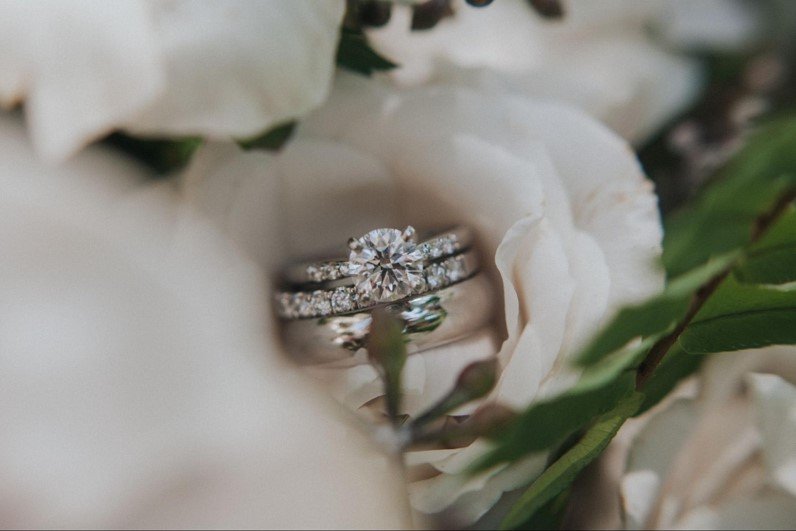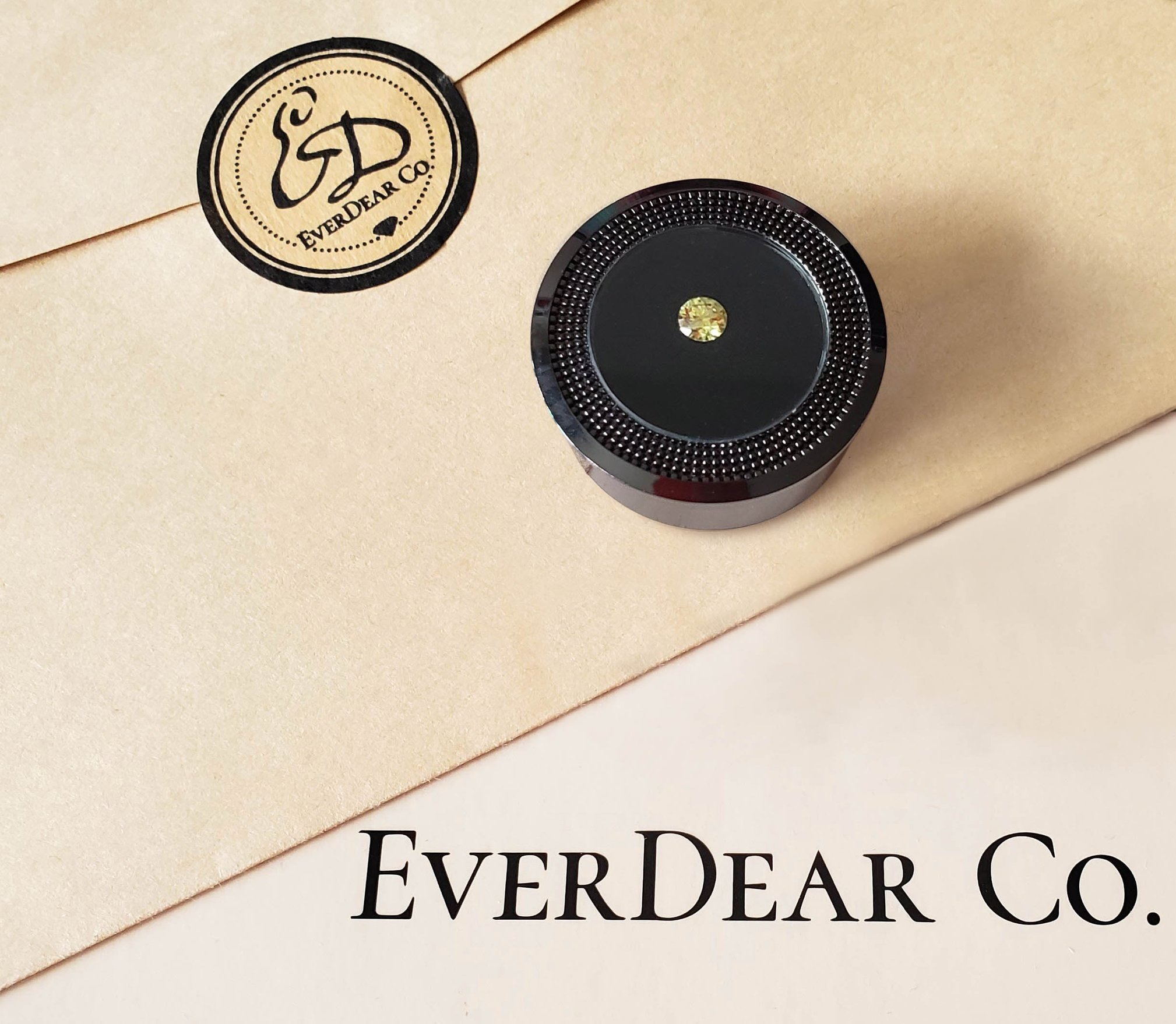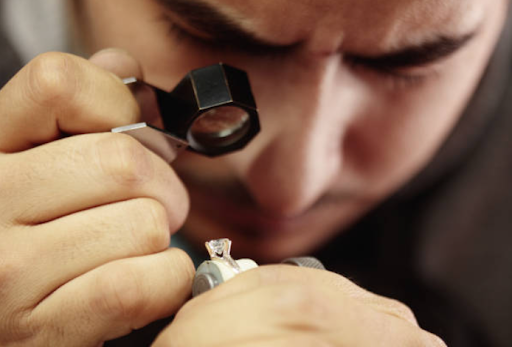Special Burial Types for Environmentalists
Choosing a final resting place is undoubtedly an important step in the funeral planning process. If the deceased does not state this in the will, then the onus falls on the next of kin, who must then decide which final form or location best reflects their loved one.
In the case of traditional burials, a final resting place is a permanent place (usually a cemetery) where the bereaved can gather to honor the dead. On the other hand, alternatives such as cremation offer flexibility and individual space; from emotionally meaningful sites to, in the case of environmentalists, a final form that is eco-friendlier than burial and has a minimal long-term impact on the environment.
CONTENT
Eco-friendly alternatives for a deceased loved one’s final resting place
Traditional burial is taking a toll on the environment
Burial, sometimes called interment, is a method of final disposal in which the dead body (along with some items of personal significance) is placed into an excavated pit or trench. Historically, families cared for the body after death, wrapping it in a shroud or a simple wooden coffin, and burying it at home or in a nearby cemetery. Today, most people use funeral homes and embalm the body before burying it in coffins and the vaults of public cemeteries.
When assessing the environmental impact of traditional burials, the most critical parameters are the depth of the plot, the geological formation, the depth of the water table, the density of the burial, soil type, and climate. According to the Berkeley Planning Journal, traditional burials in the United States use 30 million board feet of hardwoods, 2,700 tons of copper and bronze, 104,272 tons of steel, and 1,636,000 tons of reinforced concrete annually. The amount of wood used to make coffins alone is equivalent to about 4 million acres of forest and could build about 4.5 million homes, not to mention that the process uses approximately 4.3 million gallons of embalming fluid containing cancer-causing chemicals annually.
In the past four years, cremation has surpassed burial as the most popular end-of-life option in the United States, according to the National Funeral Directors Association. This is partly because cremation is advertised as less harmful to the environment than a burial. However, the impact, however small it may be, still need to be considered. Cremation requires a lot of fuel and emits millions of tons of carbon dioxide every year — so much so that some environmentalists are trying to rethink the whole process.
Eco-friendly ways to be buried in 2022/23
Although the funeral industry plays a huge role in fronting environmentally harmful burial practices, it is consumers who ultimately decide on how they want to prepare and send off deceased loved ones. Funeral homes can only make recommendations and are required to inform you of what services are mandated by the law and those you can opt out of. Here are some greener ways to be buried as an environmentalist in 2022/23.
A wildflower meadow is an example of a natural burial site
Natural burial sites
Natural burial is the burying of the body of the deceased in the soil in a way that does not inhibit decomposition but allows the body to be recycled naturally. The burial takes place in natural, or green burial grounds such as woodlands, wildflower meadows, and parks, as opposed to a cemetery, and the body is interred at 3 – 4 foot depth, where the rich soil layers are.
Natural burial grounds have strict rules on memorializing the deceased – usually, permanent grave markers such as headstones are not allowed, however, you may have a wooden plaque or memorial and the exact location of the grave will be recorded through mapping or geotagging. Coffins must be made of biodegradable materials and embalming is not permitted.
Human composting
This is where the body is composted in a process similar to reducing organic material in a garden composter. It works by burying the body in a capsule filled with wood chips, alfalfa, straw, and bacteria that are good at consuming organic matter. This process takes about a month to reduce the residue to what is typically fertilizer.
Eco-coffins
Eco-coffins are made of sustainable and biodegradable materials, such as bamboo, banana, pine, and willow. By using sustainably grown and harvested materials, eco-coffins have a lower impact on the environment than traditional coffins.
Cardboard casket
A cardboard casket is a burial container usually made of corrugated or honeycombed cardboard, containing a base made of thicker cardboard or plywood to maintain stability and prevent leaks. These caskets are strong enough to hold a 300-pound body.
Resomation (or aquamation)
The term resomation comes from “resoma” which is a derivative of the Greek/Latin word for “rebirth of man” i.e. breaking down the body into its basic organic components and their quick and beneficial return to our eco-system for re-use as nature’s intended.
Instead of using fire, resomation combines water and an alkali-based solution to shrink the body to tiny bits of bone resembling ash. The process takes an average of 3-4 hours and once complete, the resulting pure white bone ash is returned to the bereaved in an urn.
Cremation diamonds
Cremation diamonds are real diamonds made from the carbon content of the cremated remains (hair and/or ashes) of a deceased human or pet. It is a modern form of burial where the deceased’s legacy is eternalized through an eternal gem, and companies like EverDear™ offer this service starting from $895. Cremation diamonds can be set in any jewelry of your choice; from rings, earrings, pendants, and bracelets among others.
Cremation diamonds have the same properties and chemical composition as natural ones
Biodegradable urns
A biodegradable urn is a container made to hold cremation ashes. What differentiates these containers from other types of urns is that they are made from organic and recycled materials that have been harvested sustainably. There are three kinds of biodegradable urns.
Water urns
They come with a dissolvable bag into which the ashes must be placed before being put in an urn. Small holes in the base allow water to enter and slowly sink the urn.
Land urns
Land urns also come with a dissolvable bag into which the cremated ashes must first be placed. The urn is then buried in a location of your choice, and it dissolves naturally into the earth
Tree urns
Tree urns come complete with fertilized soil and a seed of your choice, ready for burial. The seed will then grow into a memorial tree of your loved one.
Eternal reefs
The process involves adding the cremated remains of a deceased person or pet to an environmentally safe cement mix to create an artificial reef. The resulting reef is then placed in a permissible marine location designated by the deceased or chosen by the deceased's family.
Shrouds
A burial shroud is a cloth wrapped around the body prior to burial or cremation. In general, the shroud preserves the corpse while also covering it from prying eyes and hungry animals. Historically, they were used by religious groups as part of their burial customs, some of which still exist. They simply differ from one culture to another.
Mushroom suit
This invention is a jumpsuit woven from a mushroom-spore-infused thread produced by a green burial company in California. The suit helps clean the body and soil of toxins that would otherwise seep into the environment, and also helps deliver nutrients from the body to surrounding plant roots. It restarts life around a buried body faster than a traditional burial.
How much does an environmentally friendly burial cost?
Environmentally friendly burials typically cost between $1,000 – $4,000. The fee includes a burial plot, the cost of opening and closing a grave, a plot marker, and a one-time endowment to a perpetual care fund to maintain the property as a natural burial site. It does not cover the cost of a funeral or memorial service or any processing/transporting of the body.
EverDear™ cremation diamonds in the USA cost anywhere from $895 to $30,200 depending on the service provider, the technology used, and most importantly, the diamond’s features (4Cs).
Environmentally friendly burials aim to improve traditional burials and cremations by reducing greenhouse gases and preserving natural habitats. Consider staying green, even in death, to preserve the planet for future generations.

































